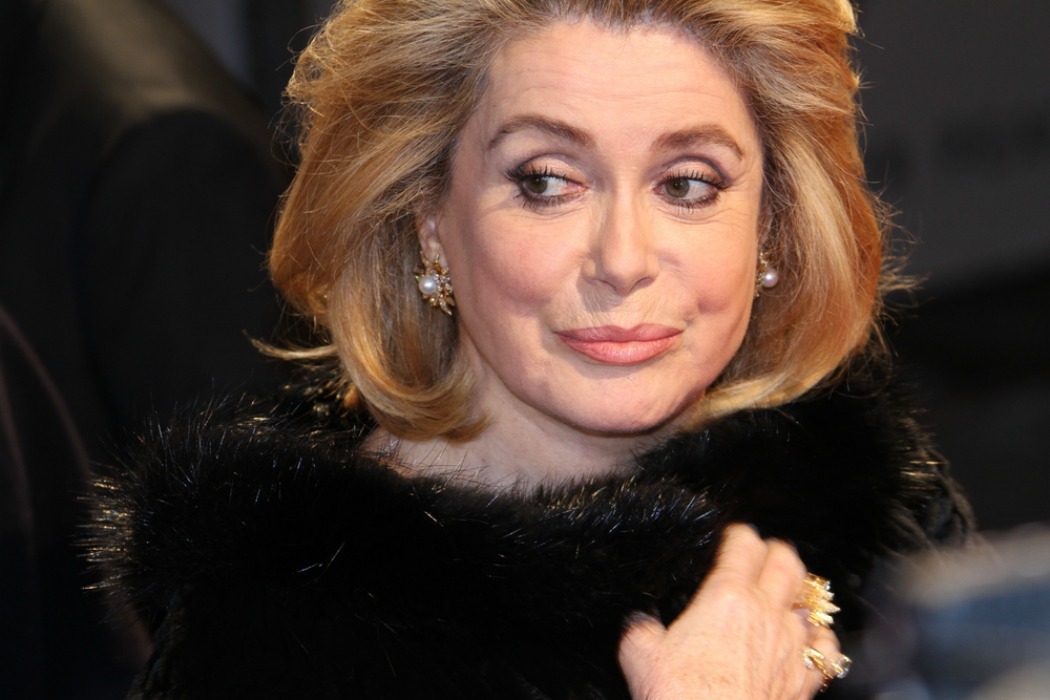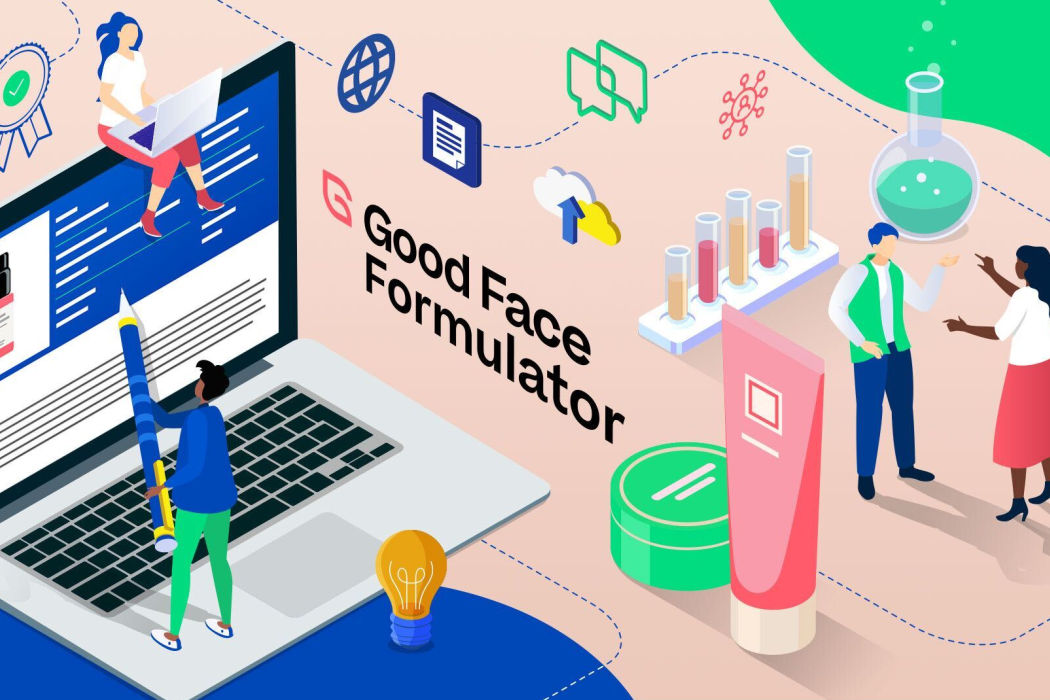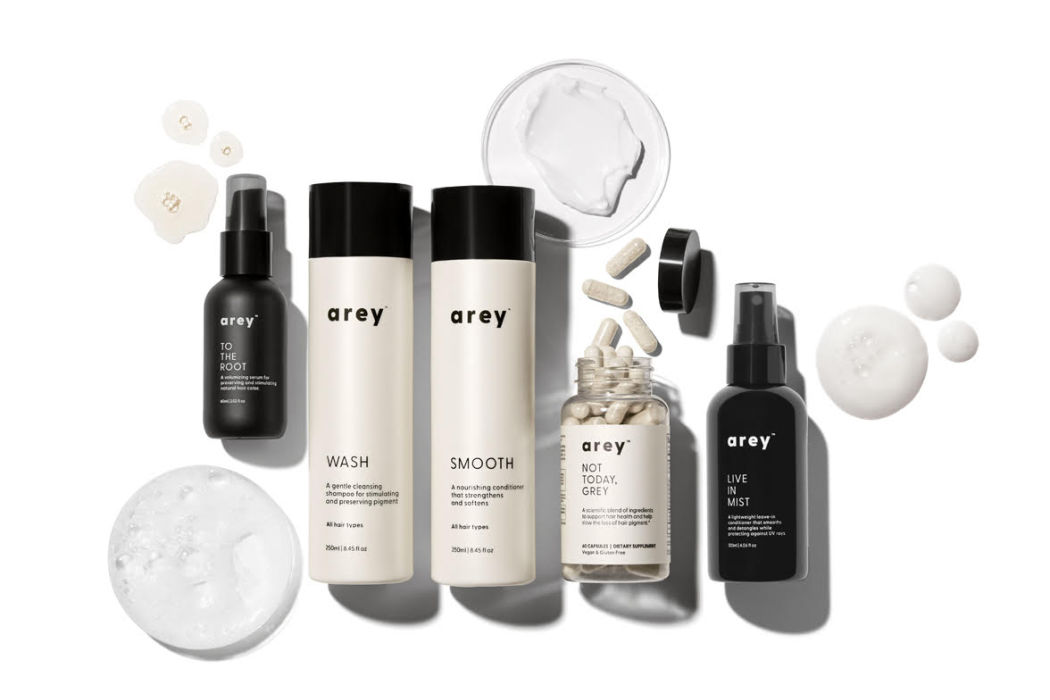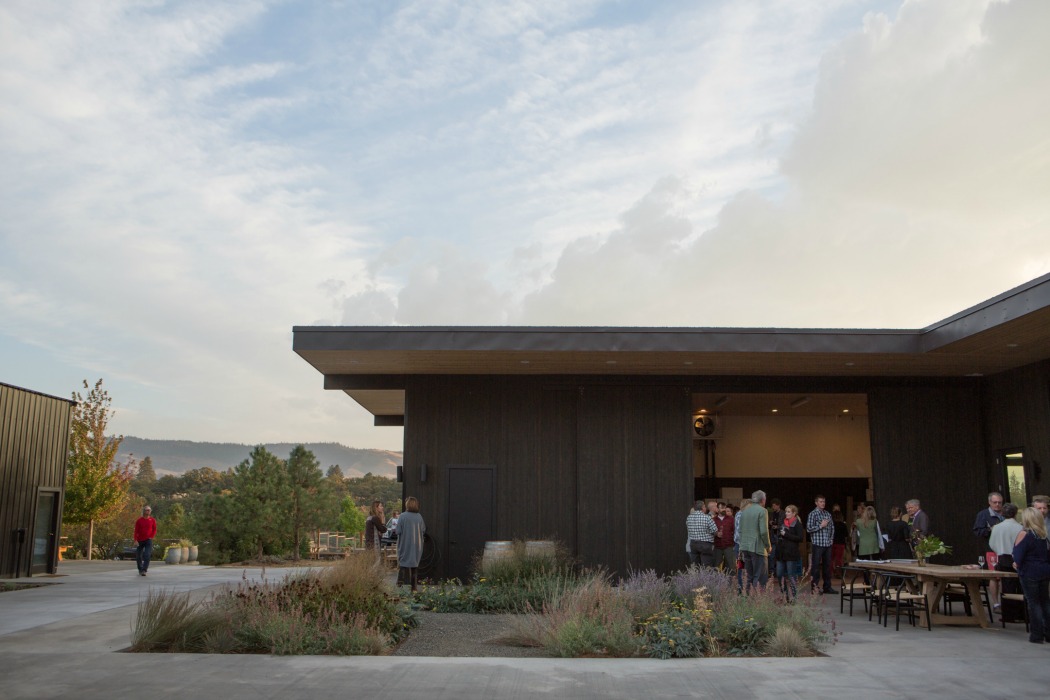The faces of several notable Spring 2015 fashion campaigns looked rather different than years past. Instead of smooth, porcelain skinned teenage supermodels, we saw icons like 80-year-old author Joan Didion, 93-year-old style icon Iris Apfel and music legend Joni Mitchell (representing Celine, Kate Spade and Saint Laurent, respectively). Add that to 50-year-old Monica Bellucci being cast as the oldest ever Bond girl, and it seems like the definition of beauty is undergoing a paradigm shift.
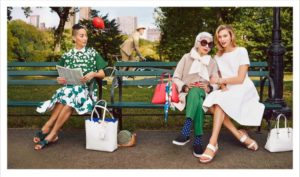
So why the sudden change? As usual, it all comes down to numbers. Baby Boomers are turning 65 at a rate of 8,000 individuals per day and it’s estimated that over the next decade, 65% of all future growth in the beauty category will come from mature customers. They have more money than the Gen X’rs and Millennials and they’ll spend it to look good.
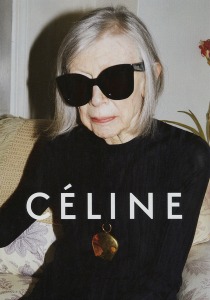
Researchers have taken note and have invested in identifying the psychographics of this key customer group. The findings? The 50+ woman is tired of the cliché campaigns that perpetuate an unrealistic youthful ideal. They are ready to embrace the beauty of their age and they want the brands they support to do the same.
As more and more powerful, accomplished women are celebrated and honored for their contribution to society, the definition of beauty may have finally evolved to include being engaged and intelligent as well as outwardly attractive. Another influencer is the growth of the Health & Wellness market, as an acceptance of age and aging gracefully naturally accompanies the wellness mindset.
So how has the beauty industry responded to this shift? It makes sense that beauty brands would be slower to embrace the signs of age in their visuals, since the messaging for years has been about presenting an unattainable, eternally youthful ideal, but change is happening. Recently Helen Mirren, 69, represented L’Oreal, Charlotte Rampling,69, posed for NARS, and Jessica Lange 64, was the face of a Marc Jacobs campaign.
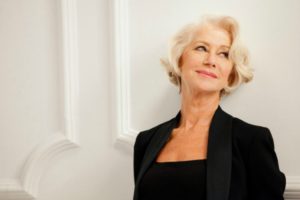
Taking all of this into account, here are three areas to consider when marketing to the 50+Women:
- Imagery. As noted, the 50+ woman has voiced that she is looking for a more authentic, relatable depiction of beauty. Using more mature models sends a positive message and shows that the brand understands the customer. For the last four years, barely 30-year-old Amanda Seyfried has been the face of luxury brand Clé de Peau. Sure, Amanda is stunning, but is she really who the Clé de Peau customer wants to see as their aspirational ideal?
- Messaging. Over the last decade, skincare brands have been heavily claim focused with an emphasis on clinical testing. As a result, many brands have been built on an anti-aging platform. But women are tired of the negative messages around aging and taglines like “fight the war on wrinkles.” They are looking for language that helps them embrace their beauty rather than feel like they need to fight nature’s process.
- Product Benefits. The global cosmeceutical market is growing at a rate of 7.7% annually and is expected to reach $42.4 billion by 2018. Medically-inspired skincare products are especially relevant for the 50+ market, as well as products that address the unique skin care needs of women who are peri or post menopause.
But the verdict is still out – will this be a permanent change or just a trend? It will come down to whether or not images of mature women move as much product as the unattainable youthful images that we have become so accustomed to seeing. If these campaigns are a success, we may be looking at an entirely new way to market beauty and a much-needed cultural shift in how we view aging.
Only time will tell. 🙂
-CM
